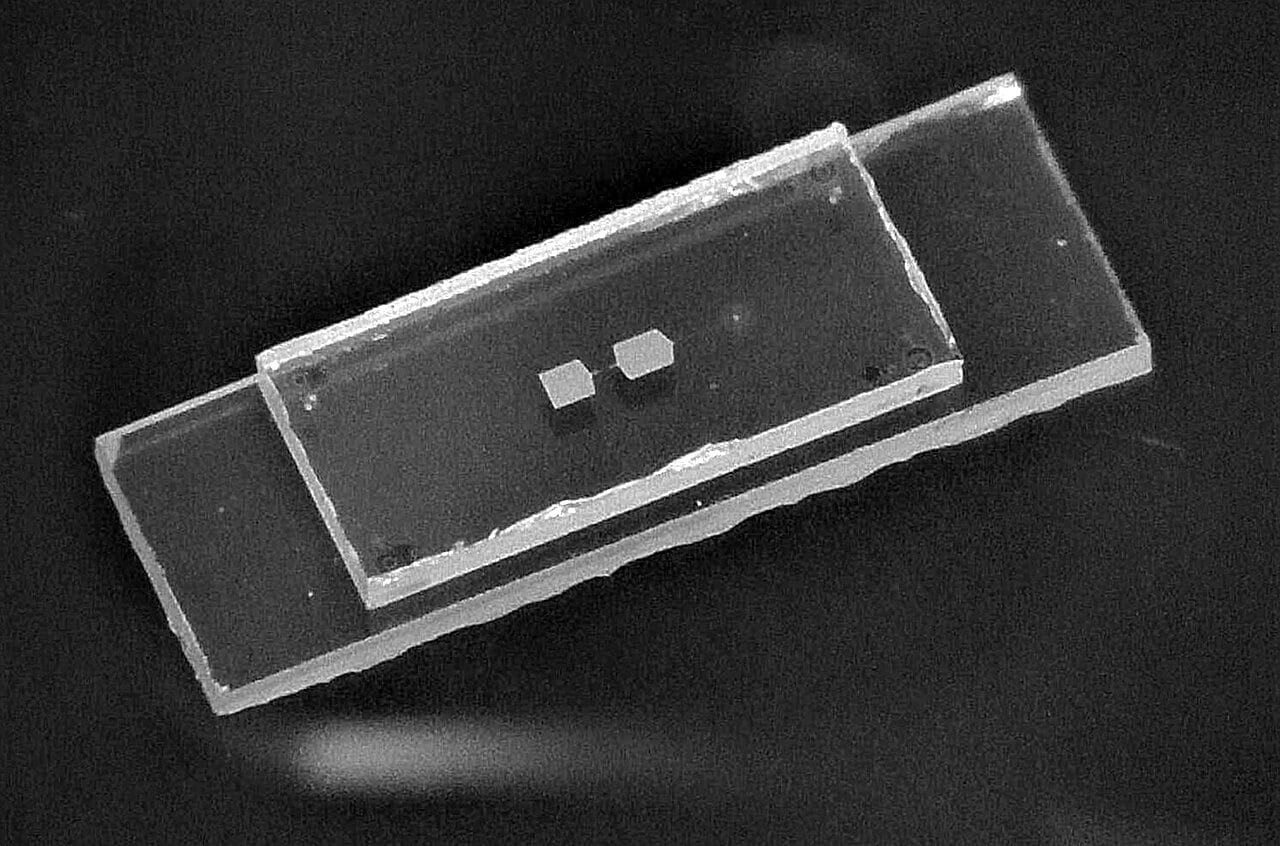Swiss physicists have created the first working mechanical qubit. The superposition feature was achieved through the oscillation of a piezoelectric disk. Quantum computing is based on the concept of a qubit, a minimal unit of information that can take not only the values ”1″ and “0” but also a theoretically infinite number of values in between. Researchers believe that quantum computers that take qubits into account can solve tasks that are inaccessible to classical computers.
Although scientists have made significant advances since the emergence of the concept of quantum computing, current technologies have a number of limitations. Electromagnetic qubits produce many errors in the process of operation; these need to be corrected during and after the calculation. The lifetime and operating time of virtual quantum qubits are fractions of a second at most.
Physicists from the Swiss Technical University Zurich (ETH Zurich) proposed an alternative: mechanical qubits. An article about the concept and its tests was published in the magazine Science.
As the basis for a mechanical qubit, scientists used a piezoelectric disk that works as a mechanical resonator on a sapphire substrate. The piezoelectric material changes shape under the influence of the electromagnetic field, as a result of which the membrane behaves like an analogue of a drum. It stores information in three states: rest, vibration, and their superposition. In the disk, phonons, quasiparticles used to describe oscillations in a quantum system, interact with each other in a strong and nonlinear way. Thanks to their interaction, it became possible to make a qubit.
The researchers connected a superconducting qubit, also placed on a sapphire substrate, to a piezoelectric membrane. To assemble the device, scientists had to develop their own technology for connecting components.
Tests showed that the mechanical qubit had a coherence time that exceeded hybrid and virtual qubits used in other systems. Experiments have shown that this parameter directly depends on the properties of the superconducting materials used. A longer coherence time allows more operations to be performed without disrupting the quantum state.
In the future, researchers plan to experiment with materials to increase coherence time. They also plan to test mechanical qubits as part of quantum logic elements to evaluate their effectiveness in real computing tasks. This approach could bring humanity closer to the creation of full-fledged quantum computers.
Source: Port Altele
